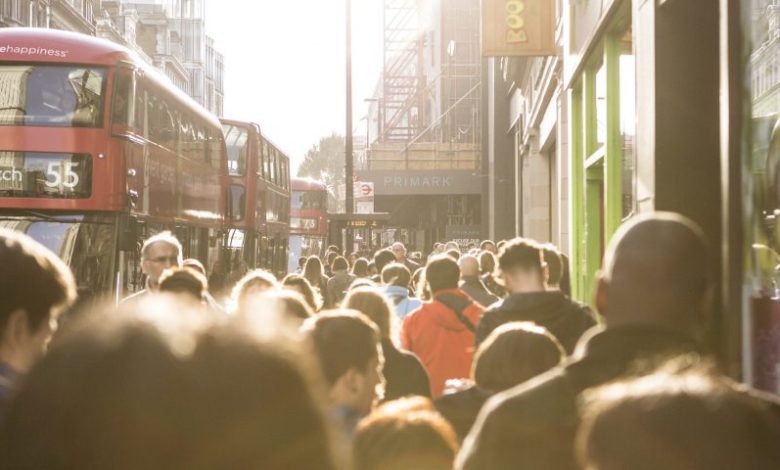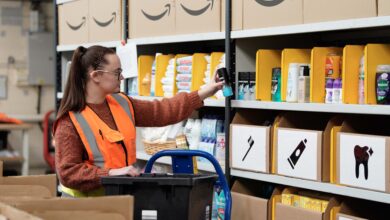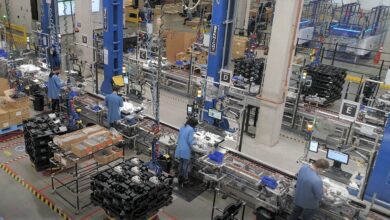Analysis
Fall of the high street — can retailers survive?

The UK’s high streets are under attack. From the continued rise of online shopping, which has led to a reduction in footfall, to increases in business rates and the Living Wage, Britain’s retailers are struggling.
You'll need to
subscribe to unlock this content. Already subscribed? Login?







